One of the most significant figures in contemporary Japanese Architecture, Arata Isozaki, was born in 1931 in Oita, Japan. He is an architect, urban designer, and architectural philosopher. Under the tutelage of Professor Kenzo Tange, he studied architecture at the University of Tokyo and worked with him on several significant projects up until 1963. The Tokyo Plan (1960) and the significant Osaka Expo ’70 pavilion were two of these designs. As Tange’s heir, Isozaki eventually became well-known in the world of architecture. In spite of his career beginning in Tokyo, most of his early works were commissioned and built in Oita, in southern Japan.
In the late 1960s, Isozaki gained fame for his work, where he designed several notable buildings, namely the Iwata High School, the Nakayama Residence (1964), the Oita Prefectural Library, and the Fukuoka City Bank branch. In year 1990, he designed Yufuin Station, followed by B-con Plaza, and the new Oita Prefectural Library in the year 1995. In 1968, the global student revolution had an impact on him and led him to re-evaluate his architectural philosophies. Isozaki developed theories on architectural form throughout his private years. These theories were transformed into intricate geometric works, some of which had monolithic volumes and others that included intricate combinations of primary volumes, but they were always colossal in nature. Through cladding, where the repetition of a module makes a continuous sculptural work, he displays his poetics.
His favorite architectural era was the Renaissance in Western architecture, and he used aspects of Neoclassicism and Renaissance Western architecture to design the Tsukuba Centre building in 1983, featuring a replica of Michelangelo’s plan for Rome as well as a statue of Marcus Aurelius. Isozaki’s first abroad project was held by the Contemporary Museum of Art in Los Angeles in 1986, labeled “a beacon in the land of the lost.”
Isozaki tried to draw his identity from a Japanese feeling of place with the Mito Art Tower (1990) following the development of the Tsukuba Centre. This tower represents the clash between students and the security forces in the late 1960s. It included a waterfall and a double-helix pattern. When he was chosen to build the Sant Jordi Sports Hall in Spain for the 1990 Olympics, he attracted attention from all around the world. He completed the construction of the Team Disney Building in Orlando, Florida, the following year. It had a centre sundial court that replicated the shrine at the sacred site of Ise.
Isozaki’s architectural style changed in the 1990s, becoming more fluid and free-form, with structures that had oval, hyperbolic, and parabolic shapes. His references to the past vanished as postmodern architecture became more and more fashionable. His love of abstract composition was on display in 1998 at the Shizuoka Prefectural Convention and Art Centre as well as the Nara Convention Hall.
Kenzo Tange and the Metabolists inspired Isozaki’s love of mechanical gadgets, but he favored a more abrasive method. He has won a number of awards and has been featured in a number of books and exhibitions. In addition, he holds honorary memberships in the American Institute of Architects, Bund Deutscher Architekten, and Knight of the Order of Arts and Letters; in 2019, Isozaki also received the prestigious Pritzker Prize. Arata Isozaki: Architecture 1960-1990 at the Museum of Contemporary Art in Los Angeles and Works in Architecture at the Brooklyn Museum (New York, 1993) are the two most renowned exhibitions devoted to his work.
Let’s have a look at some of his most renowned projects. Here are 4 exemplary architectural works of Arata Isozaki:
Tsukuba Center Building, Tsukuba (1983)
For the Tsukuba Civic Centre project, which was supposed to be finished in 1982, Isozaki encircled an inverted surrealistic duplicate of Michelangelo’s Piazza of the Campidoglio on two sides with a concert hall, hotel, and retail stores. It is said that the Tsukuba Centre is a patchwork of components with varying degrees of overlap and statements from various sources. “Eclecticism schizophrenic” is a uniquely Japanese way of appreciating aspects of Western tradition, according to Isozaki.
A mixture of modern and features are seen in the design. The method is similar to that of traditional Japanese architecture and landscape design, employing compositional principles and opposing hierarchical ones. The residents see a disorderly shift from one place to another without a clear hierarchy, but they also see a lack of an Isozaki-mandated scenario.
Art Tower Mito, Ibaraki (1990)
Art Tower Located in Mito, Ibaraki, Japan, Mito is an arts complex designed by Arata Isozaki. It debuted in 1990 as a part of the Mito municipality’s centenary festivities. The tower is supported by the basement, which has an integrated parking lot. The tower houses a 680-seat concert hall, a 636-seat theatre, and contemporary art displayed in an art gallery.
The design is inspired by the Boerdijk–Coxeter helix. The tower is made up of 28 regular tetrahedrals that are placed on top of one another with a length of 9.6 meters. Tetrahedra are polyhedra with four equal triangular sides and a pyramidal shape. The edge lines of the stacked tetrahedral automatically twist.
Kyoto Concert Hall, Kyoto (1995)
The Kyoto Symphony Orchestra’s musicians hold a status as an official part of the city, making them really public servants. The Kyoto Concert Hall in Saky?-ku, Japan, opened in 1995 as a memorial celebrating the 1,200th anniversary of the old city. The main performance hall houses 1,833 seats, and the Ensemble Hall houses 500 seats. Arata Isozaki designed the hall in the traditional shoebox form, with two asymmetrical balconies encircling the main audience floor and the stage.
The notable architectural feature of the hall is the diffuse ceiling texture on a band concealing theatrical components and serving as acoustic diffusion. The arrangement of the hall had 14 podiums composed of various wood types, revolutionizing the stage design.
Allianz Tower, Milan (2015)
The 50-story, 209-meter-tall Allianz Tower in Milan, Italy, often known as the Isozaki Tower, was designed by architect Arata Isozaki and is a part of the large-scale architectural and urban plan that created the new city life business district. Lower tower levels spread work areas, interior spaces, and Allianz events. The “Flying Forest” entrance hall, a cutting-edge theatre with eighteen projectors for 360-degree digital animation, a stunning gathering area, and a group art project are a few of them.
The façade’s three glass components slowly bend outward, which causes some vibration in the building’s volume. Allianz Tower was completed in 2015, and Emporis ranked it as the third-best skyscraper in 2016.




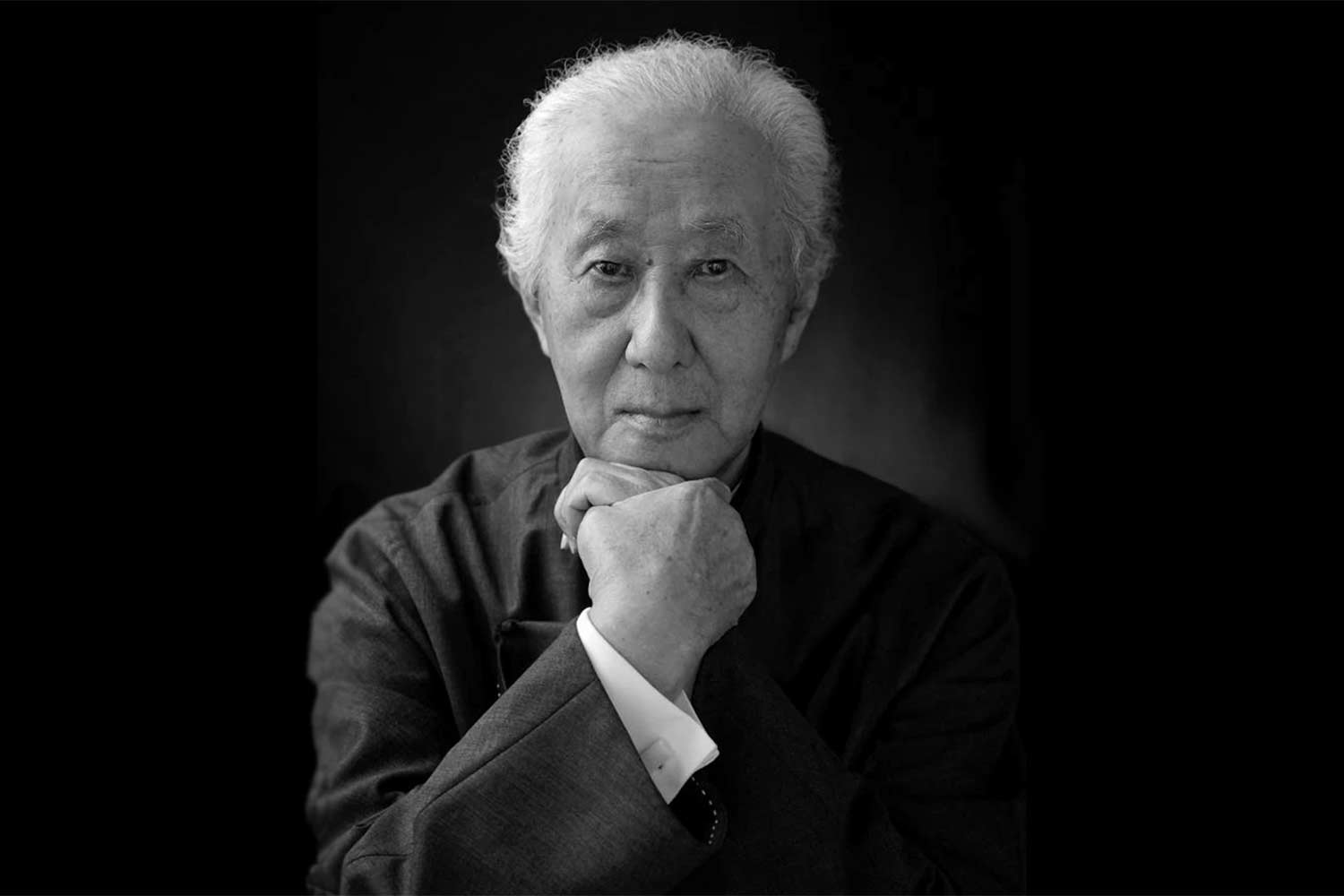
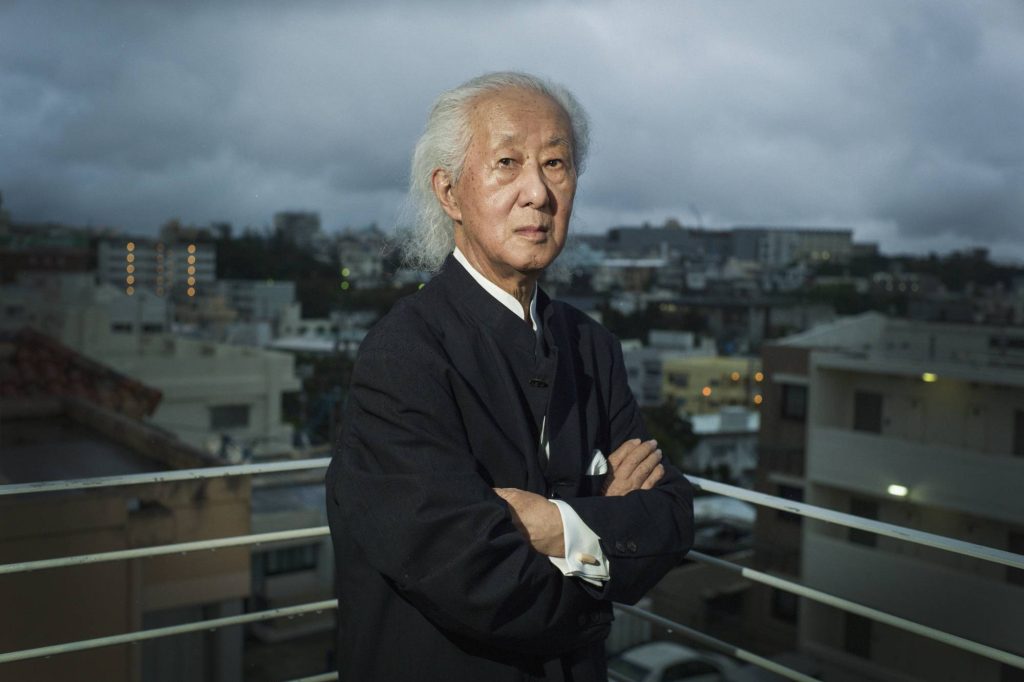
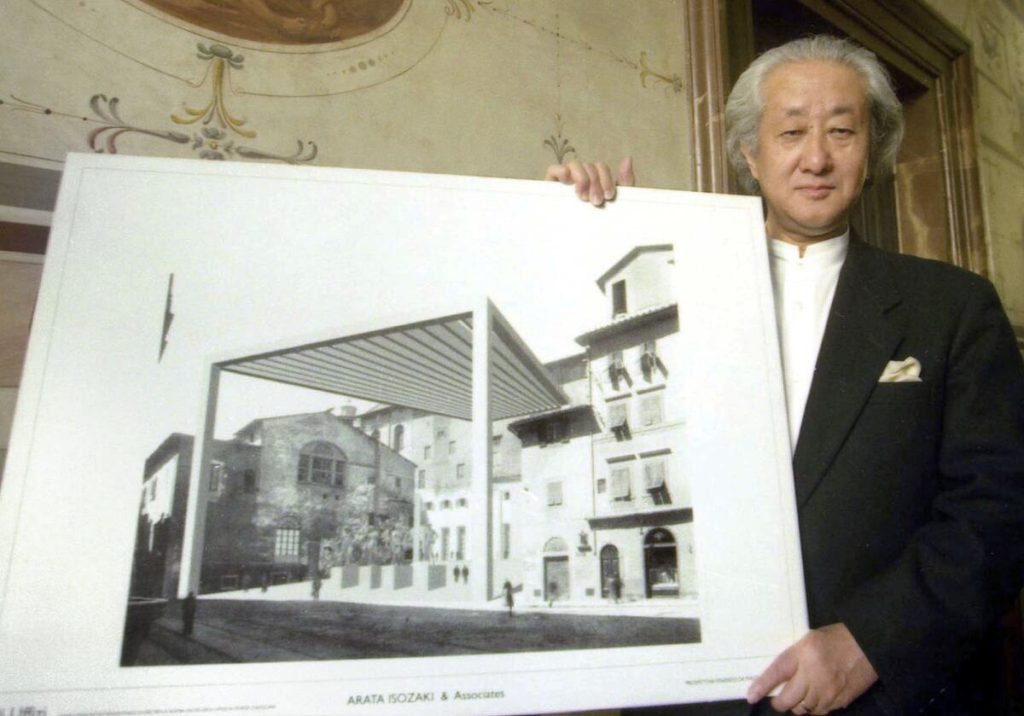
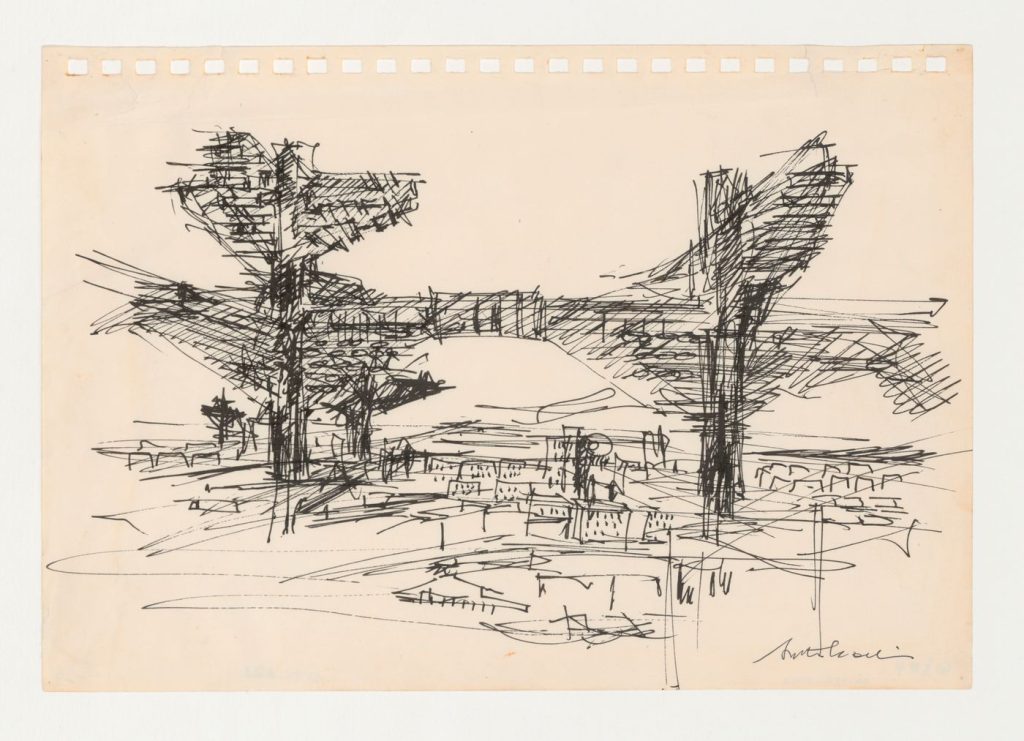
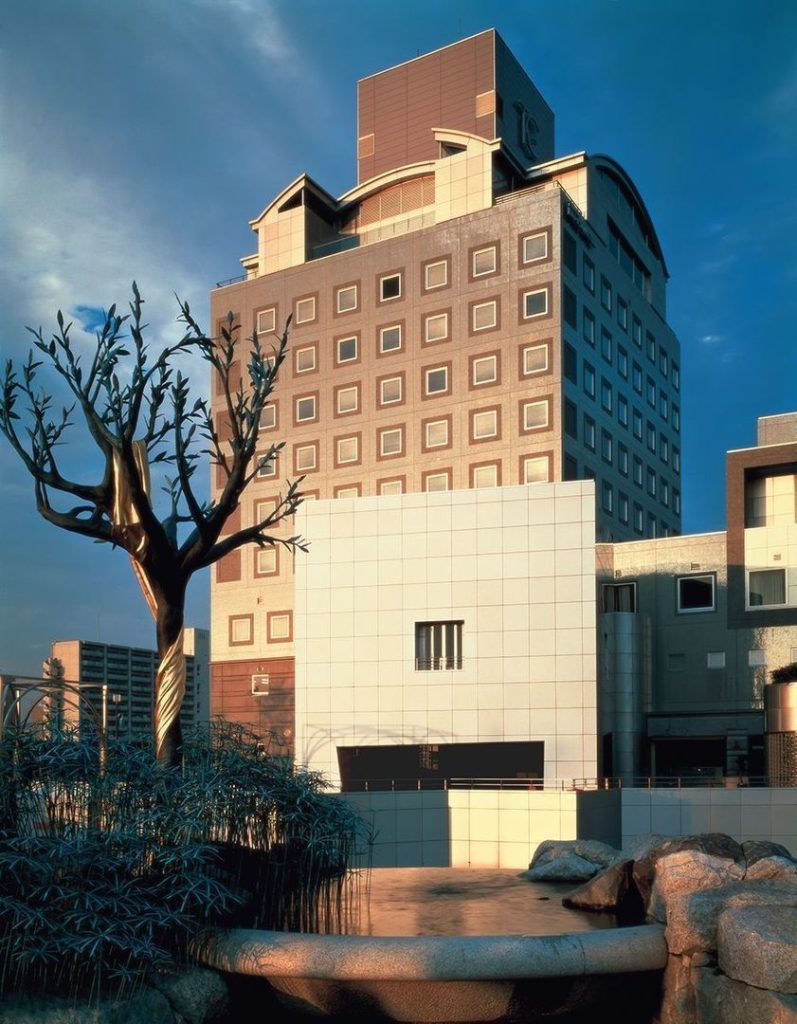

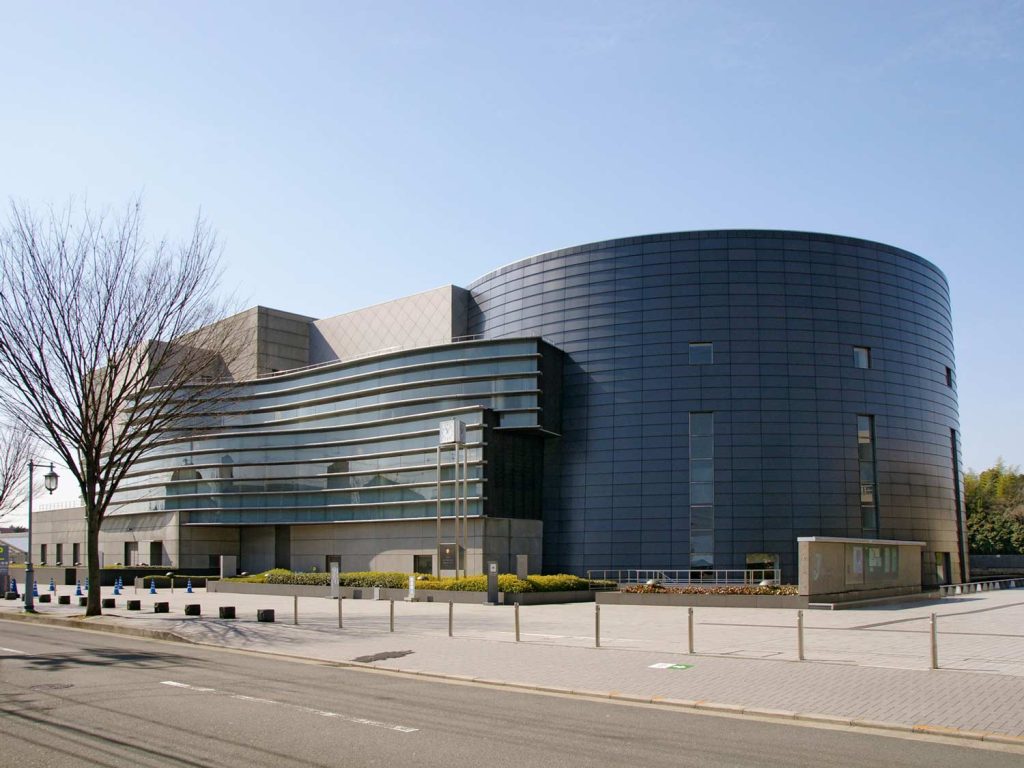
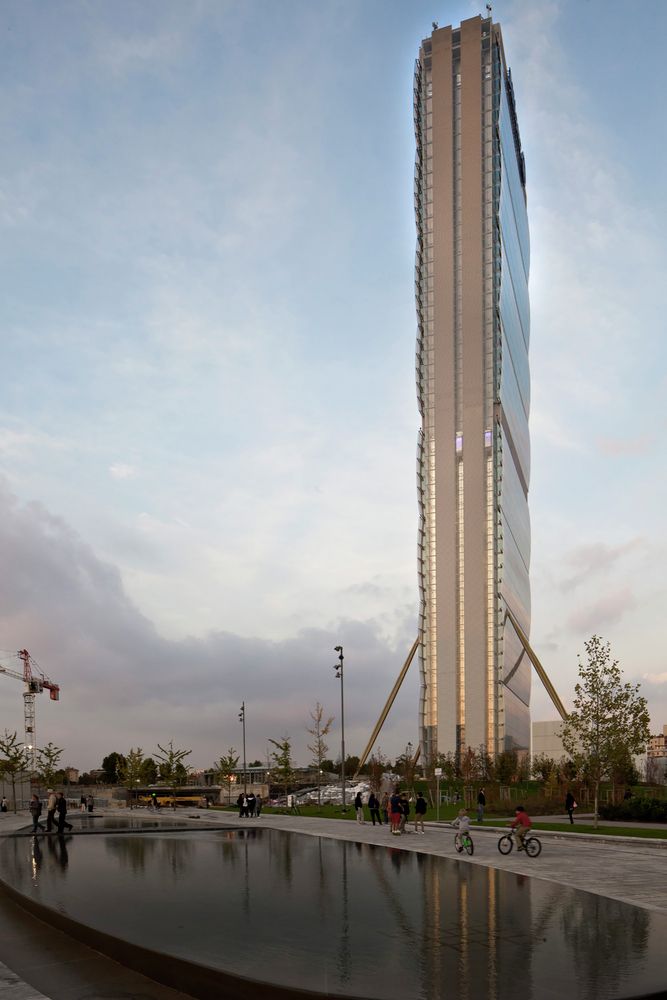














Leave a comment